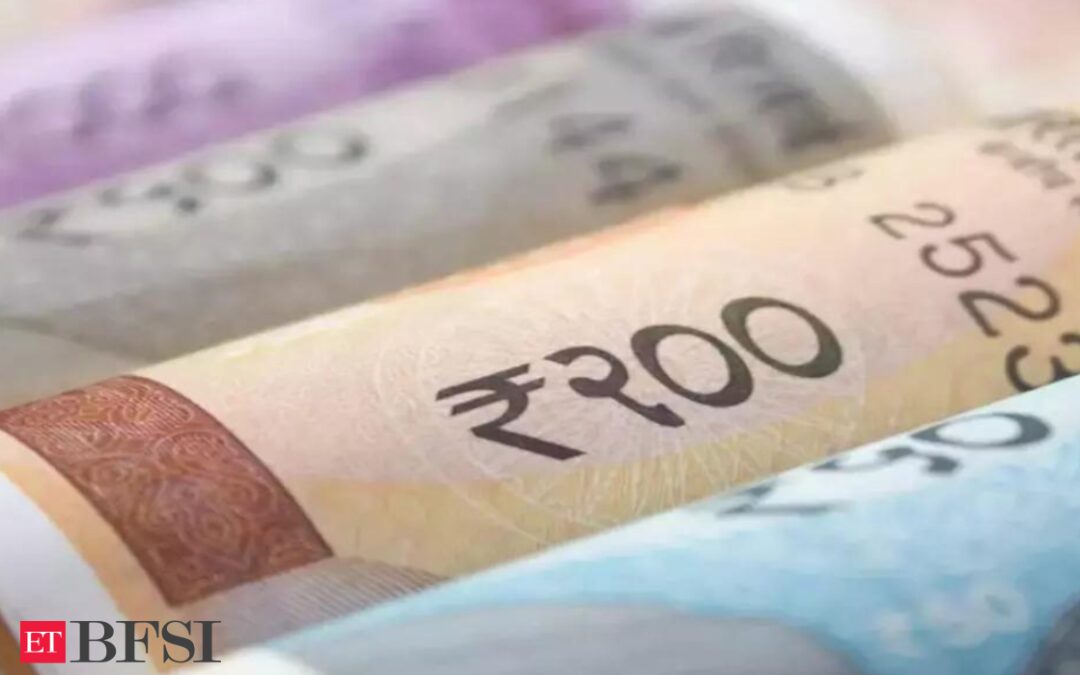In recent years, the Reserve Bank of India (RBI) has been working to increase the acceptability of the Indian Rupee (INR) in global trade, known as the internationalization of the Indian rupee. As part of this effort, the RBI has announced a Currency Swap Arrangement with the South Asian Association for Regional Cooperation (SAARC) nations for the period 2024-2027. We look at the significance of this move and its impact on the Indian forex market.
What is the SAARC Currency Swap Arrangement?
The SAARC Currency Swap Arrangement is a facility provided by the Reserve Bank of India (RBI) to the member countries of the South Asian Association for Regional Cooperation (SAARC). This arrangement allows these countries to exchange their currencies for predetermined amounts to address short-term foreign exchange liquidity needs or balance of payments crises.
Which countries are part of the SAARC Currency Swap Arrangement?
The SAARC Currency Swap Arrangement includes Afghanistan, Bangladesh, Bhutan, India, Maldives, Nepal, Pakistan, and Sri Lanka.
When was the SAARC Currency Swap Arrangement first introduced?
The SAARC Currency Swap Arrangement was first introduced on November 15, 2012.
What is the purpose of the SAARC Currency Swap Arrangement?
The primary purpose of the arrangement is to provide a financial safety net to SAARC countries by offering a backstop line of funding for short-term foreign exchange liquidity requirements or to manage balance of payments crises.
What are the key features of the new framework for 2024-2027?
The key features of the new framework for 2024-2027 include a multilateral currency swap arrangement amounting to $2 billion. A separate INR swap window with various concessions. A total corpus of Rs 25000 crore for rupee support. Continued availability of swap arrangements in US dollars and euros. Bilateral agreements between the RBI and the central banks of SAARC countries.
How does the currency swap mechanism work under this arrangement?
Under this arrangement, central banks of SAARC member countries can enter into bilateral agreements with the RBI. These agreements allow them to swap their currencies for Indian Rupees, US dollars, or euros, according to the predetermined terms and conditions. This provides immediate liquidity support without the risks associated with exchange rate fluctuations.
Why is this arrangement significant for India and SAARC countries?
This arrangement is significant because it enhances economic stability by providing a reliable source of liquidity, reduces transaction costs by facilitating trade in Indian rupees, strengthens regional financial cooperation and economic ties and supports India’s goal of internationalising the Indian rupee.
What impact does this arrangement have on the Indian forex market?
The arrangement positively impacts the Indian forex market by increasing the demand for Indian rupees in regional trade, reducing dependency on major global currencies like the US dollar and euro enhancing India’s influence in regional economic matters.
What are the benefits for Indian businesses in SAARC countries?
Indian businesses benefit from this arrangement as it simplifies cross-border transactions by using the Indian rupee, reduces currency exchange risks and transaction costs and promotes greater economic integration and trade opportunities in the region.
Are there any other bilateral currency swap agreements that India has?
Yes, India has other bilateral currency swap agreements, including with countries like Japan and Sri Lanka. These agreements also aim to provide liquidity support and promote trade in local currencies.











